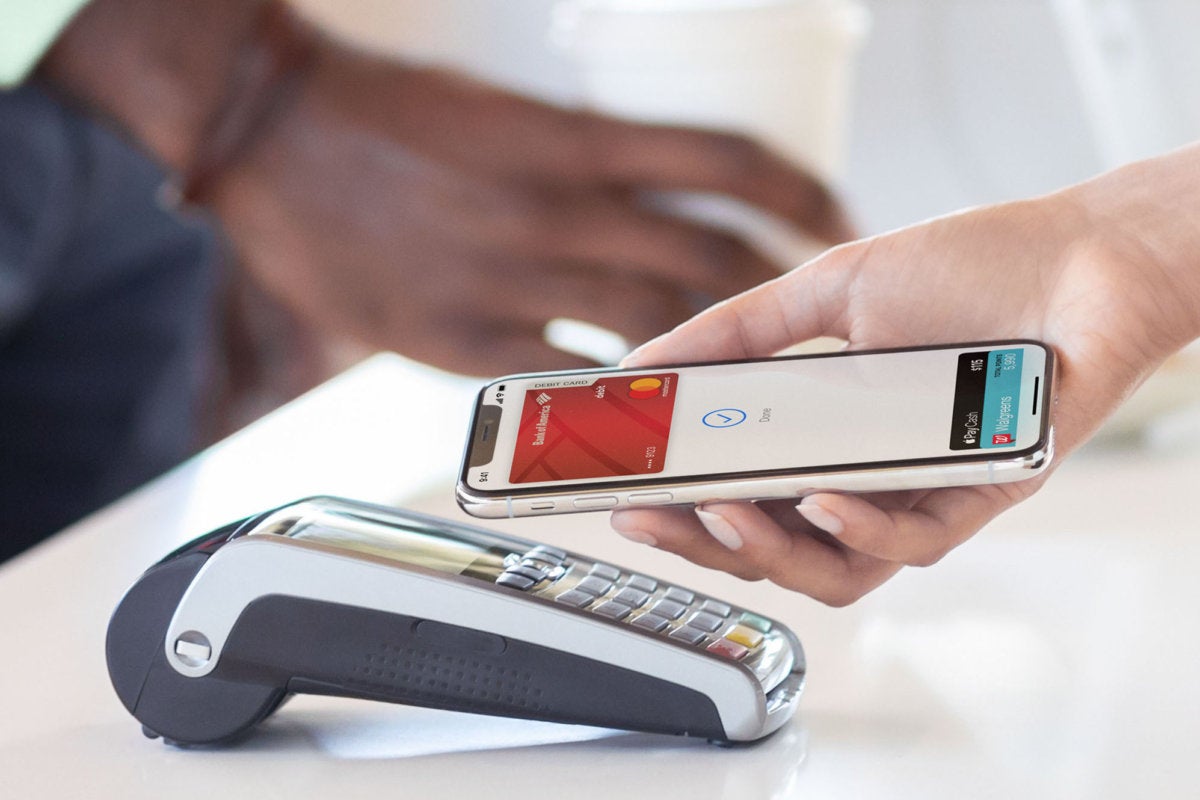Since the introduction of Apple Pay in 2014, Apple has expanded its range of financial products. The services it offers now extend beyond payments, and include both long and short term (BNPL) credit, savings, identification, credit rebates, and tools for merchants to take card payments.
For a service that doesn’t get a lot of attention, Apple Pay is a strategically important element to the company’s future plans. That’s clear.
Building blocks for future services
After all, as investors agonized over device sales in the company’s most recent quarter, Apple took a moment to praise the service. “Since we introduced Apple Pay almost a decade ago, customers have been loving how easy it it is to make purchases online, in apps, and in stores,” said CEO Tim Cook.
The company quite clearly has plans to build even more blocks onto the overall offer. Its recent acquisition of CreditKudos gives it a chance to take more control over payments approval and processing, potentially reducing its reliance on payment processing companies. More immediately, there’s some expectation more Apple device subscription services may appear.
But to get to where we are today and to weave its tapestry of fintech services, Apple has worked with others. The partnerships it’s built are extensive, featuring major names like American Express, Visa, and JP Morgan and extending to Greendot, Stripe, Sumup, and a vast cast from across the globe’s existing financial services stage.
An international payments service
Even as the crowd of players grows, the reach of the service is also extending.
The company continues to introduce Apple Pay in new markets, most recently in Chile and Morocco. Its merchant-focused mobile payment service, Tap to Pay, is now available in the US, Australia, Taiwan, UK, and perhaps soon also in Brazil. And while Apple Card might not have become quite the cash cow Goldman Sachs hoped, the fact that Apple Savings generated a $10 billion golden egg within a few weeks seems to have given both partners a little more optimism with which to justify sticking together.
In comparison, financial services commentator Linas Beliūnas notes that it took four months for Apple to achieve $10 billion, eight years for Monzo to reach $6 billion in customer deposits and Starling almost 10 years to achieve more than $10 billion in deposits. “Block by block, the tech giant is building the Apple Finance Empire that’s going to disrupt the financial services space as we know it,” he wrote.
And the “will they/won’t they” speculation has continued about the introduction of Apple Card outside the US, with reporting Apple intends launch in India at some point.
Leading the mobile payments evolution
This constant evolution has kept Apple Pay front and center in the world of mobile payments, leading to the creation of a huge cohort of users. While estimates vary, Loup Ventures suggests as many as 51% of all the world’s iPhone users have set…
2023-08-08 02:24:02
Source from www.computerworld.com rnrn
